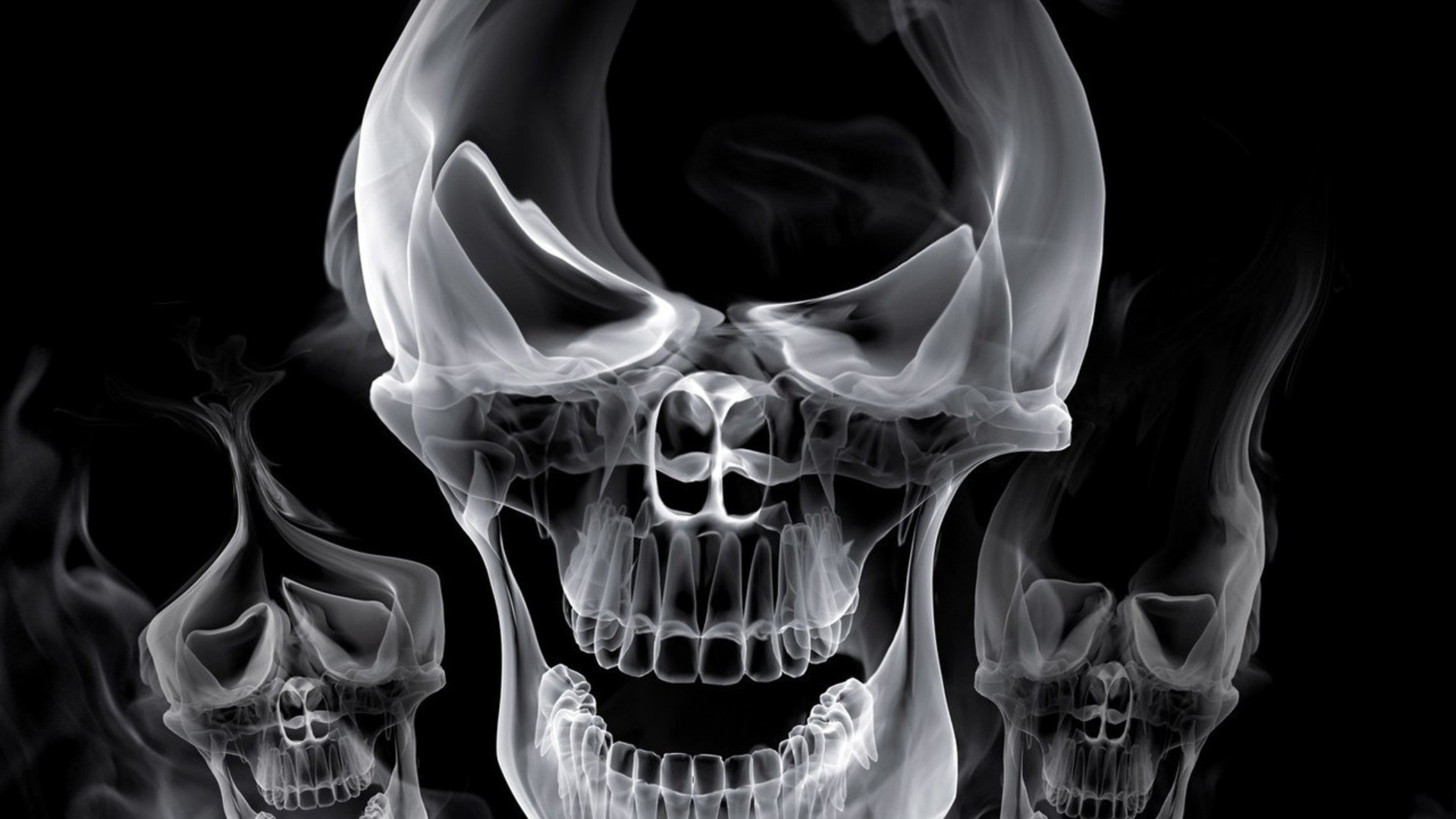Many common beauty products are riddled with harmful chemicals found in things like paint thinners and gasoline, which are absorbed when used and introduce the body to things which disrupt normal hormone function and have been linked to serious medical conditions such as ADHD and cancer.
Some of the chemicals listed below are known endocrine disruptors. The endocrine system includes parts of your brain responsible for hormone regulation, sleep and focused thinking, crucial reproductive organs, and includes the pineal gland, pituitary gland, pancreas, ovaries, testes, thyroid gland, parathyroid gland, hypothalamus, gastrointestinal tract and adrenal glands
There are many, many harmful chemicals out there, but here are five that have been linked in numerous studies to body malfunctions and should be avoided:
1. Parabens
Common preservatives used to prevent mold and bacteria growth in a myriad of cosmetics and food, parabens have been studied by the U.S. Environmental Protection Agency and found to mimic estrogen activity, increasing estrogen levels, which can lead to breast cancer and other problems. They come in many forms such as methylparaben, propylparaben, and butylparaben, but can easily be spotted by the “paraben” at the end of the name. They’re found in makeup, pharmaceuticals, facial cleansers, and many other products.
2. Artificial Colors
Find them on the label as a color followed by a number, such as “Red 40” or they may be listed as “artificial colors” without naming each specific one. In general, artificial colors are very harmful because they have been linked to causing hyperactivity, brain tumors, chromosomal damage and more. Some cosmetic producers and food companies have decided to take artificial coloring out of their products. In fact, just Monday Nestle announced no more artificial colors or flavors in their Nesquik chocolate milk powder.
3. Phthalates
Used to make plastics more flexible, phthalates are present in products like shampoos, deodorants, nail polish and moisturizers. They are known endocrine disruptors and have been linked to breast cancer, early breast development and reproductive birth defects in males and females.
4. Triclosan
Found in antibacterial soap and toothpastes, Triclosan studies have shown that this chemical affects the thyroid and reproductive hormones. Concerns have also been raised that this is one of the chemicals that causes bacteria to become more resistant to antibiotics.
5. Toluene
Derived from coal tar sources, this solvent petrochemical shows up on labels as benzene, toluol, phenylmethane, methylbenzene. The EPA has linked the chemical to depression, attention problems and “limb anomalies” as well as causing dizziness, nausea and headaches as a result of direct contact. It is used as a solvent in paint, ink, adhesives, nail polish, dyes and fragrances as well as in gasoline to improve octane ratings.
The Food and Drug Administration is responsible for regulating beauty products, but there is not much of an approval process for personal care products to go through before they hit the shelves. As a result, cosmetic companies can basically put any chemical they want in their products.
“In general, cosmetic manufacturers may use any ingredient they choose, except for a few ingredients that are prohibited by regulation, ” the FDA.gov website reads.
Companies also can get by with not disclosing harmful chemicals because, just like a master chef cooking up a secret recipe, there are “secret ingredients” that they don’t want competitors to know about. So it is also possible for makers of beauty products to slip in toxic chemicals without even putting it on the label. Instead the label will say “fragrance” or some other cover-all word that doesn’t include the harmful ingredients.
There are plenty of good, non-harmful products out there. In general, go organic, but be sure to check all labels for any of these harmful chemicals before making a purchase.
Check out more health news

















